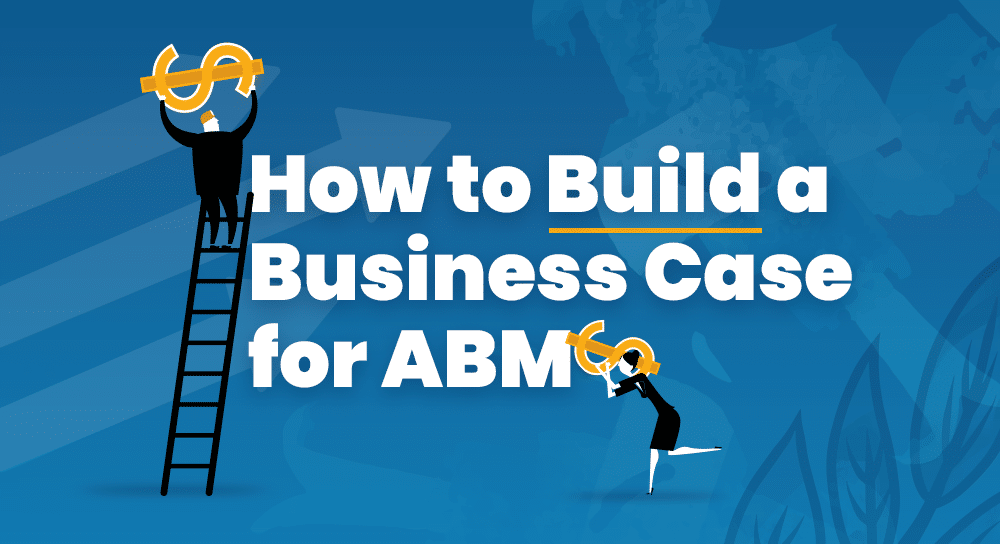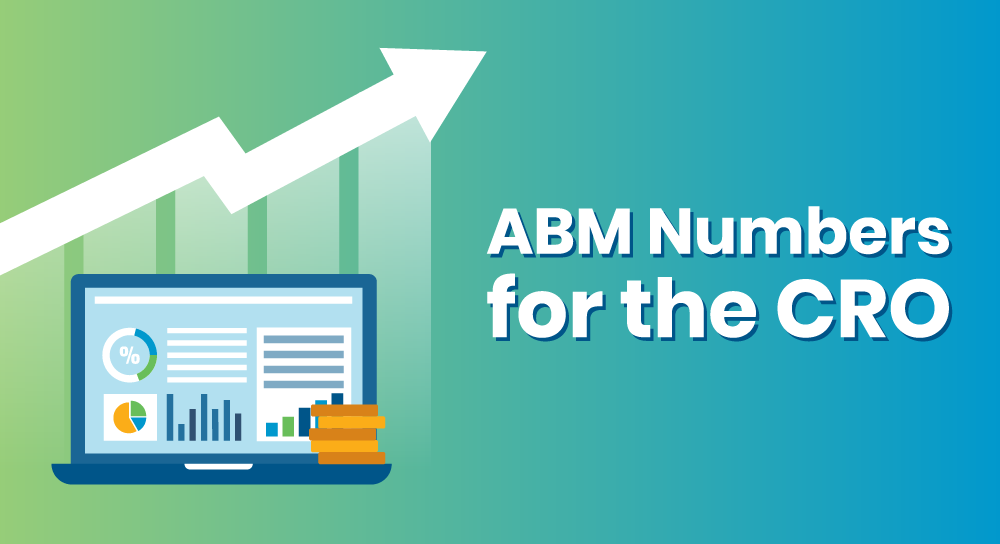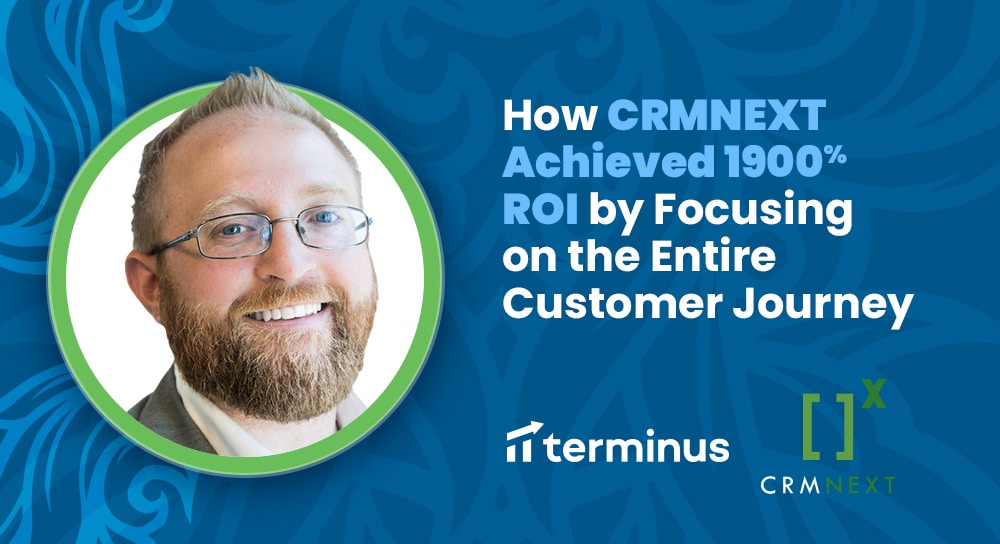Maybe you’re one of the lucky ones. Maybe your boss (or their boss) attended a webinar or watched a video like this one…
…then strode into your office and said that it was time to put account-based marketing to work for your organization. While that presents a bevy of challenges, at least you have a green light to take some calculated risks and spend some time and precious, precious marketing budget on ABM.
But maybe, just maybe, you’re one of the not-so-lucky people. You’re the one who watched the webinar. You’re the one who has had your eyes opened to the power of ABM, and now it’s your job to take that imperative message up the org chart. You’re trying to get someone to see how important it is to get started. You know that the market is shifting, and you know that every second of indecision is creating a month of catch-up that you’ll have to do.
If this is the boat you’re in, get ready to CTRL+P this article.
Chicken Soup for the Hesitant Boss
If you’re seeking buy-in from an executive, you’re likely to run into some common questions/critiques. Here are some of the answers you’ll need. (Special bonus if you stick around long enough: some questions YOU can ask to seal the deal.)
1. “How much is this going to cost?”
If this is where your conversations with your marketing leader have started and stopped, it’s time to revisit. Marketing technology solutions come with price tags that seem to keep growing. So adding another line to the budget may seem like a big ask. The answer they need to hear is that the right ABM platform will help you maximize the spend you’re already committed to. One of the bigger line items is your CRM. Are you tapping into that data effectively? Are you using it to draw insights about your prospects and customers? If not, is it still worth the spend? Your ABM strategy won’t be free, but if it enhances the value of your other tools, can you afford not to have it?
2. “Is ABM the right way to do things?”
To the modern buyer, yes. It’s smarter, more efficient B2B marketing. Ignoring or delaying the implementation of ABM simply means you’re falling behind. Almost all marketing departments have or will implement ABM. Don’t think it’s a trend–it’s the way the modern digital buyer wants to be marketed to. In fact, 73% of B2B buyers say they consume 3-7 pieces of content from a provider before speaking to anyone in sales.
The next time you’re asked if ABM is the right thing, ask your leader if they’re happy with the status quo. Does your boss know that 50% of marketing budgets go toward generating leads that are never contacted? Or that less than 1% of generated leads become closed revenue?
If your leader is afraid of the risk of trying ABM, maybe they should have some fear of doing things the old way.
3. “How will this help us win?”
There’s a common misconception that ABM is all about flashy dashboards, vanity metrics, and hazy attribution. The truth couldn’t be more different–or more foundational to the success of your org. ABM has two goals; to drive qualified pipeline growth and to bring in more revenue. By flipping the funnel and starting with the ideal customer in mind, you stop wasting time going after prospects who don’t fit.
“But inbound is working just fine for us,” they object. Inbound marketing may bring you leads (though let’s not look too closely at the close rate of those leads, let alone the contact rate).The old “spray and pray” approach of days gone by is the antithesis of ABM. To commit to an ABM approach means you’re committing to a different (and better) kind of experience for your current and future customers.
Helpful Resources
4. “How is it different from what we’re already doing?”
Okay, don’t answer EVERY question with a question, but here’s something to ask your boss when they doubt the difference between traditional and account-based marketing:
“Are we running sophisticated multi-channel, multi-stage campaigns that are triggered by behavioral, firmographic, and relationship-based data?”
If the answer to this question is no, then hopefully the lightbulbs are starting to glow.
Just for good measure, it’s important for your boss to know that a full-scale ABM strategy means creating a great experience for your current and future customers throughout the customer lifecycle; from pre-sale, to onboarding, to adoption, to renewal, to expansion, upsell, and advocacy opportunities.
If you’re already doing that effectively and consistently, maybe you don’t need to explore ABM any further. But few are so satisfied with their current results that they wouldn’t be intrigued.
5. “But sales is never happy with the leads we hand over.”
Herein lies one of the biggest opportunities that a robust ABM approach brings–greater alignment between sales and marketing. The two are really morphing into a single function, and smart teams have been operating this way for years. If your sales team is underwhelmed by the quality of Marketing Qualified Leads, that makes you a better candidate for ABM, not worse. The best leads coming out of your ABM program aren’t “marketing qualified.” They’re self-qualified. They’ve raised their hands out in the marketplace and identified themselves as potential advocates, there’s just some work to do in getting them to the finish line. By aligning your sales and marketing functions, reps will learn how to handle this new type of qualification. Marketing will help provide assets. Customer success will add to the feedback loop. The adversarial relationship between sales and marketing can be slowly replaced by this cycle of continuous improvement. Paint that picture for any sales leader and see if that’s not the kind of world they’d love to live in.
6. “What’s the ROI?”
The million (billion?) dollar question. And this is really where the apples get separated from the oranges, because not all ABM solutions are the same. Terminus streamlines data from so many points that it is possible to show real numbers for attribution, influence, and return on investment. There’s no asking “if” your boss is worried about ROI–they always are. But now, maybe for the first time, the answers to that question are reliable. When you run a program that’s a real bummer, you can rebuild it or retire it. “Bad ROI” becomes an opportunity to improve, and “good ROI” becomes a model to replicate.
The right ABM solution is never afraid of ROI questions. You shouldn’t be either.
Helpful Resources
Conclusion
We get it. It’s not easy to ask for budget. It’s not easy to throw shade at the way things are going. But if you’re convinced that ABM is the right move for your organization to take, we hope that this gives you some talking points you’ll need to win your boss over. If you need more help, we’re here to be in your corner for the next convo.



